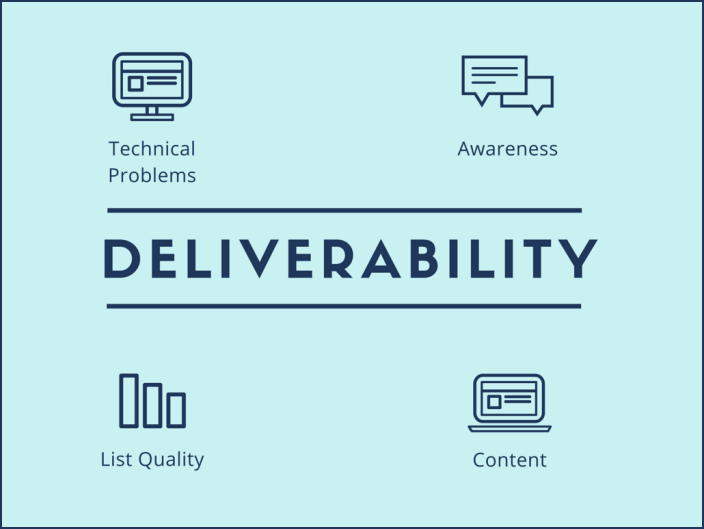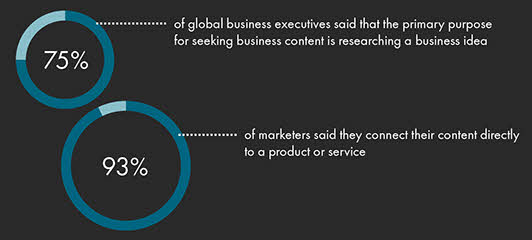Why You Shouldn’t Target Your Marketing: Target marketing fails
Targeted marketing, or the practice of aiming marketing collateral at specific prospects or customers, has become so prolific that it is one of the largest tools in the modern marketer’s toolkit. In fact, the U.S. Small Business Administration lists targeted marketing as the third step in marketing implementation.
Imagine yourself attending the brainstorming session for your next marketing campaign or participating in one at a trendy advertising agency. Does anyone in the room ever verbalize the thought, “Let’s not target this campaign to anyone?” Of course not; they would be laughed out of the room.
However, simply targeting your marketing is not equivalent to being customer-centric, or customer-first, and this is where the majority of us go wrong. Aristotle hints at this in his master work, Rhetoric: “For it is not enough to know what we ought to say; we must also say it as we ought … ”
It is in the spirit of saying it “as we ought” that I humbly submit to you five steps that have the capacity to royally mess up your targeted marketing by not implementing it with a customer-centric approach.
Step #1: Target Just Your Intended Audience













